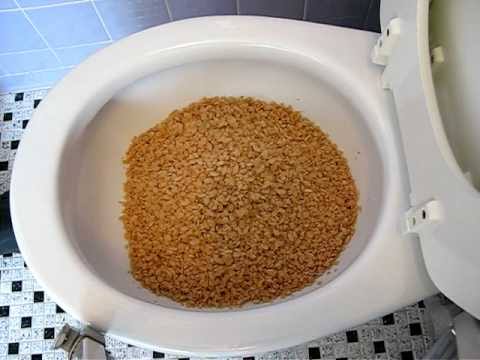Are You Permitted to Flush Food Down the Toilet?
Are You Permitted to Flush Food Down the Toilet?
Blog Article
Have you been trying to find content involving Is it safe to flush food (especially rice) down the toilet??

Intro
Many individuals are often confronted with the dilemma of what to do with food waste, particularly when it pertains to leftovers or scraps. One typical question that arises is whether it's fine to flush food down the bathroom. In this write-up, we'll explore the reasons people may take into consideration flushing food, the repercussions of doing so, and alternative techniques for proper disposal.
Reasons that people could think about purging food
Lack of recognition
Some people might not know the possible injury caused by purging food down the bathroom. They might erroneously believe that it's a harmless technique.
Benefit
Purging food down the toilet may appear like a fast and easy option to getting rid of undesirable scraps, particularly when there's no close-by garbage can offered.
Laziness
In some cases, people might simply select to flush food out of large negligence, without taking into consideration the consequences of their actions.
Consequences of flushing food down the commode
Environmental impact
Food waste that ends up in waterways can add to contamination and injury aquatic ecological communities. Additionally, the water utilized to purge food can stress water sources.
Plumbing issues
Purging food can bring about clogged pipelines and drains, creating pricey plumbing fixings and aggravations.
Sorts of food that ought to not be flushed
Coarse foods
Foods with fibrous structures such as celery or corn husks can get entangled in pipes and cause blockages.
Starchy foods
Starchy foods like pasta and rice can soak up water and swell, bring about obstructions in pipelines.
Oils and fats
Greasy foods like bacon or cooking oils should never be purged down the commode as they can solidify and cause clogs.
Appropriate disposal techniques for food waste
Making use of a waste disposal unit
For homes equipped with garbage disposals, food scraps can be ground up and purged via the pipes system. Nonetheless, not all foods are suitable for disposal in this way.
Recycling
Particular food product packaging materials can be reused, lowering waste and decreasing ecological effect.
Composting
Composting is an environmentally friendly way to dispose of food waste. Organic materials can be composted and made use of to improve soil for horticulture.
The importance of proper waste management
Lowering ecological damage
Correct waste administration techniques, such as composting and recycling, aid reduce air pollution and maintain natural deposits for future generations.
Shielding plumbing systems
By staying clear of the technique of flushing food down the commode, home owners can avoid pricey plumbing repair services and maintain the stability of their plumbing systems.
Conclusion
In conclusion, while it might be alluring to purge food down the bathroom for convenience, it is very important to comprehend the potential effects of this activity. By taking on proper waste management techniques and getting rid of food waste responsibly, people can contribute to healthier pipes systems and a cleaner environment for all.
FLUSH FOOD DOWN THE TOILET?
FLUSHING FOOD CAN CAUSE BLOCKED DRAINS IN YOUR HOME
All of the plumbing fixtures in your home are connected to the same sewer pipe outside of your home. This outdoor sewer pipe is responsible for transporting all the wastewater from your home to the Council sewer mains. Even small pieces of food that go down the kitchen sink can cause problems for your sewer. It should therefore be obvious that flushing larger bits of food, such as meat, risks a clog in either the toilet itself or the sewer pipes. Flushing greasy food is even more problematic because oil coagulates when it cools, coating the interior lining of your pipes.
THE TOILET IS NOT A BIN
Food isn’t the only thing that people shouldn’t be flushing down the toilet. People use the toilet to dispose of all kinds of things such as tampons, makeup wipes, dental floss, kitty litter and even underwear. Water goes to great lengths to educate residents about the high costs and stress placed on wastewater treatment systems simply from people flushing the wrong stuff down the toilet. It costs taxpayers millions of dollars each year, and homeowners thousands in blocked drain repairs.
FLUSHING FOOD IS A WASTE OF WATER
Flushing food is a waste of our most precious resource - water. In June this year Level 1 water restrictions were introduced to protect water supply from drought conditions. Much of New South Wales continues to be affected by prolonged drought with recent figures revealing up to 97 per cent of the state remains in drought. Depending on whether you have a single or dual flush toilet, every single flush uses between five and 11 litres of water. In the current climate this is a huge amount of water to be wasting on flushing food that should be placed in the bin (or better yet, the compost).
https://www.jabplumbingsolutions.com.au/blog/can-you-flush-food-down-the-toilet

We hope you enjoyed reading our section about Think Twice Before Flushing Food Down Your Toilet. Thanks for taking a few minutes to browse our piece. Sharing is good. Who knows, you may just be helping someone out. Thank you for taking the time to read it.
Click Here Report this page